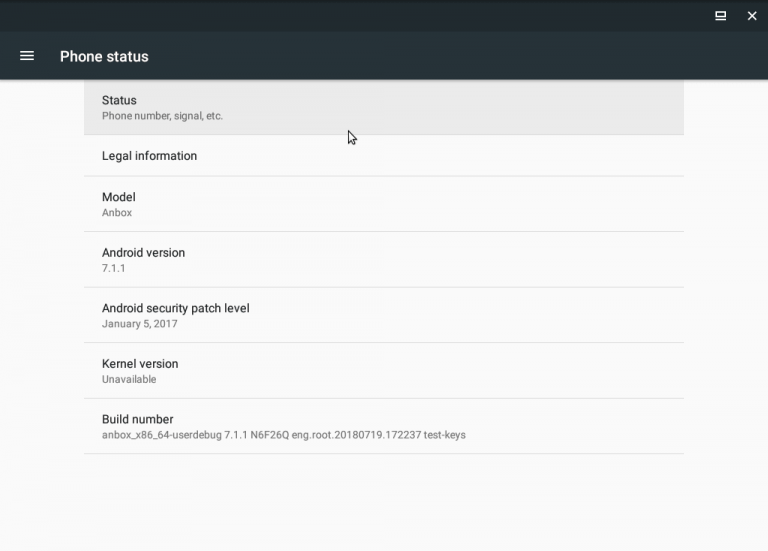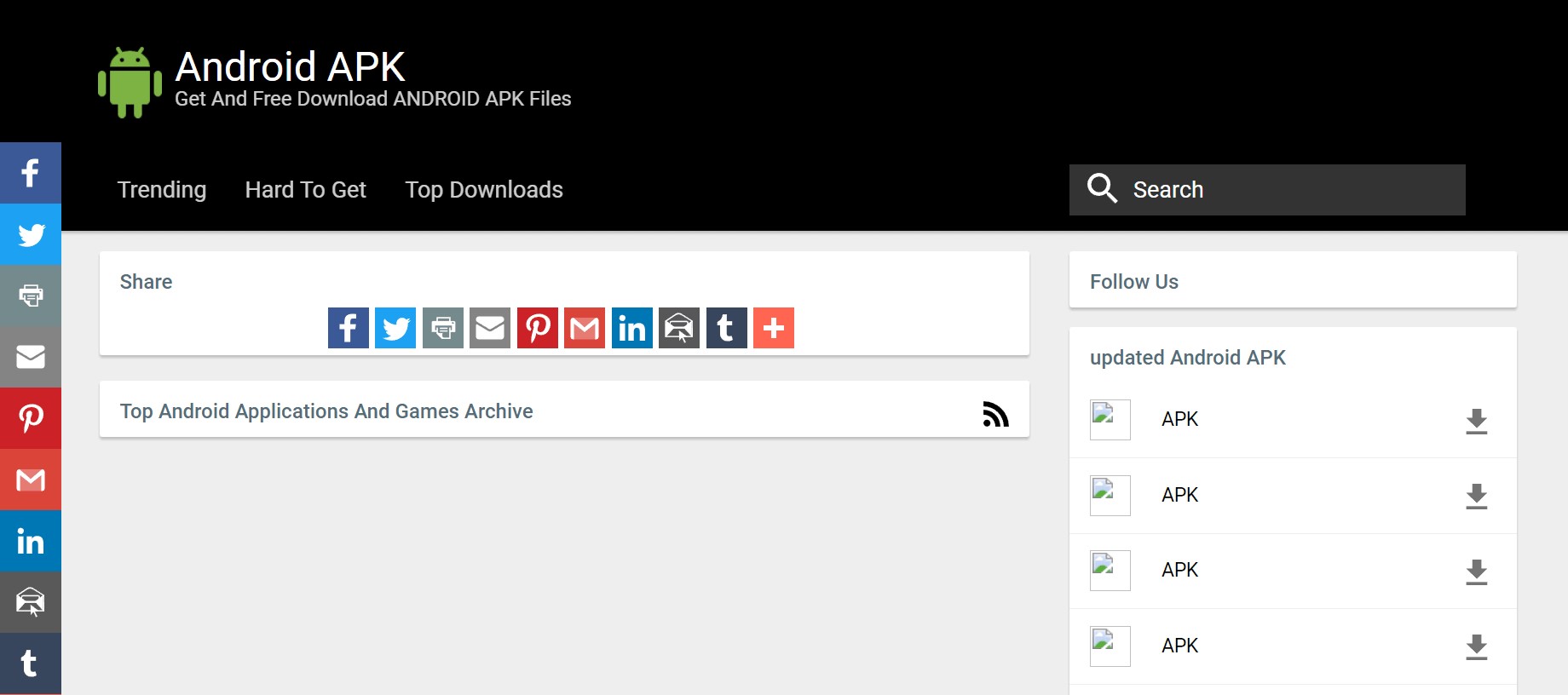“Okay, here is an article about Android APKs, written in English, aiming for approximately 1600 words.
Okay, here is an article about Android APKs, written in English, aiming for approximately 1600 words.

Unpacking the Android Experience: A Deep Dive into APK Files
Every time you download an app on your Android smartphone or tablet, you’re interacting with an APK file. It’s the fundamental building block of Android applications, the package that contains everything needed to install and run a program on your device. While most users encounter APKs only indirectly through app stores like Google Play, understanding what an APK is, how it works, and where it comes from is crucial for anyone who wants to truly grasp the Android ecosystem, explore beyond the official channels, or simply stay safe in the digital world.
In this comprehensive guide, we will unpack the Android Package Kit – exploring its structure, its journey from developer to device, the standard ways of installing it, the alternative practice of "sideloading," the risks and rewards involved, and the future of app distribution on the platform.
What Exactly is an APK? The Digital Package Explained
At its core, an APK (which stands for Android Package Kit) is a file format used by the Android operating system for the distribution and installation of mobile applications, middleware, and games. Think of it as the equivalent of an executable file (.exe) on Windows, a package file (.pkg) on macOS, or a .deb package on Debian/Ubuntu Linux. It’s a single file that bundles together all the necessary components for an application to be installed and run on an Android device.
When you download an app from the Google Play Store, you’re essentially downloading an APK file (or more accurately, a set of optimized APKs delivered via the App Bundle format, which we’ll discuss later). The Play Store handles the download, verification, and installation process seamlessly in the background, making the underlying APK format invisible to the average user. However, if you were to download an app from a website or another source, you would typically download the APK file directly.
The APK format is based on the JAR (Java Archive) file format, which is widely used in the Java programming language. This is because Android apps are primarily developed using Java or Kotlin, which compile down to Dalvik bytecode, executed by the Android Runtime (ART). An APK is essentially a zip archive containing all the application’s code, resources, assets, and manifest file.
Inside the Box: What Makes Up an APK?
To truly understand an APK, let’s peek inside the box. An APK file is a structured archive containing several directories and files. While you don’t need to know every single file, understanding the key components gives you insight into how an app is packaged:

-
AndroidManifest.xml: This is perhaps the most important file in an APK. It’s a manifest file written in XML that describes the structure and capabilities of the application. It declares essential information such as:- The app’s package name (a unique identifier).
- The components of the app (activities, services, broadcast receivers, content providers).
- The permissions the app requires (e.g., internet access, camera access, reading contacts).
- The hardware and software features the app needs (e.g., NFC, specific Android version).
- Metadata like the app icon, version number, and label.
- This file is critical because the Android system uses it to understand what the app is, what it can do, and what resources it needs access to.


-
classes.dex: This file contains the compiled Java or Kotlin code for the application. The source code is compiled into Dalvik bytecode, which is then executed by the Android Runtime (ART) on the device. A large app might have multipleclasses.dexfiles (due to the DEX file format’s method count limit). -
resources.arsc: This file contains pre-compiled resources, such as strings, colors, and styles, that are defined in theres/directory. It helps the system efficiently access these resources. -
res/: This directory contains the application’s resources that are not compiled intoresources.arsc. This includes images, layouts (XML files defining the user interface), audio files, and other assets, often organized into subdirectories based on resource type and configuration (e.g.,drawable/,layout/,values/). -
assets/: This directory contains raw asset files that are included with the application, such as game data, text files, or custom fonts. Unlike resources inres/, files inassets/are not assigned resource IDs and are accessed by their file name. -
lib/: This directory contains compiled native libraries (written in languages like C or C++) that the application might use. It typically contains subdirectories for different device architectures (e.g.,armeabi-v7a,arm64-v8a,x86,x86_64). -
META-INF/: This directory contains the manifest file, signature files, and a list of resources in the archive. The signature files (CERT.RSA,CERT.SF,MANIFEST.MF) are crucial for verifying the integrity and authenticity of the APK, ensuring it hasn’t been tampered with since it was signed by the developer.
When you install an APK, the Android system extracts these components, verifies the signature, reads the AndroidManifest.xml to understand the app’s requirements and permissions, and sets up the application on your device.
The Journey of an APK: From Developer to Device
The life cycle of an APK begins with an app developer. Using tools like Android Studio, developers write code, design user interfaces, create assets, and define resources. Once the app is ready, the developer builds the project. This build process compiles the code, processes the resources, and packages everything into a single APK file.
Crucially, before an APK can be distributed and installed, it must be signed with a digital certificate. This signing process is a security measure. It allows the Android system to identify the author of the application and to ensure that the file has not been altered since it was signed. Every app update must be signed with the same certificate as the original app for the system to allow the update. This prevents malicious actors from distributing updates to legitimate apps.
Once signed, the APK is ready for distribution.
Distribution Channels: Where Do APKs Come From?
There are several ways an APK can make its way to your Android device:
-
Official App Stores (e.g., Google Play Store): This is the most common and recommended method. Developers upload their signed APKs (or more commonly, App Bundles) to the store. The store performs additional checks (like security scanning) before making the app available to users. When a user downloads an app from the Play Store, the store handles the delivery and installation. This method is generally considered the safest due to the vetting process and automatic updates.
-
Third-Party App Stores: There are other app stores available for Android devices, such as the Amazon Appstore, Samsung Galaxy Store, F-Droid (for free and open-source software), and many others specific to carriers or device manufacturers. These stores operate similarly to Google Play, hosting APKs and managing installations, but their vetting processes and policies may vary.
-
Direct Download (Sideloading): Developers or other sources can make APK files available for direct download from websites, email attachments, or file-sharing services. Installing an app this way is known as "sideloading." This method bypasses app stores entirely and requires the user to manually handle the download and installation process.
Installing APKs: The Standard and the Alternative
Installing an app from an official or reputable third-party app store is straightforward. You find the app, tap "Install," and the store’s client app on your device handles the rest.
However, installing an APK file obtained from a direct download requires a different approach, known as sideloading. By default, Android devices are configured to prevent installation of apps from "unknown sources" (i.e., sources other than the pre-installed app store, usually Google Play). This is a security measure to protect users from accidentally installing potentially harmful software.
To sideload an APK, you typically need to:
- Download the APK file: Obtain the
.apkfile from the source (website, email, etc.). - Locate the file: Use a file manager app to find the downloaded APK file on your device (usually in the "Downloads" folder).
- Enable Installation from Unknown Sources: This is the critical step.
- On older Android versions (prior to Android O/8.0), you would go to
Settings > Securityand toggle the "Unknown sources" option globally. - On modern Android versions (Android O/8.0 and later), this permission is granted on a per-app basis. When you try to open an APK file using a file manager or browser for the first time, the system will prompt you to grant that specific app (the file manager or browser) permission to "Install unknown apps." You must go to
Settings > Apps & notifications > Special app access > Install unknown appsand grant permission to the app you are using to open the APK.
- On older Android versions (prior to Android O/8.0), you would go to
- Initiate Installation: Tap on the APK file. The system will present you with an installation screen showing the app’s name, icon, and the permissions it requires.
- Review Permissions: Carefully review the permissions the app is requesting. This is your chance to see what access the app wants on your device (e.g., access to your contacts, location, microphone, etc.). If the requested permissions seem excessive or unrelated
